How to apply the game model in football?
Football is a popular sport all over the world, and professional coaching begins at a young age for aspiring football players. Football training begins as early as 18 months in some parts of the world for toddlers. When you play the game competitively, the training becomes more structured and goal-oriented over time. Training sessions must be tailored to suit a variety of factors, including team values, player roles, game situations, and more. Dipankur Sharma, U-14 Coach at Reliance Foundation Young Champs, spoke about the Game Model for football training during a recent webinar hosted by Reliance Foundation Youth Sports.
Football is a popular sport all over the world, and professional coaching begins at a young age for aspiring football players. Football training begins as early as 18 months in some parts of the world for toddlers. When you play the game competitively, the training becomes more structured and goal-oriented over time. Training sessions must be tailored to suit a variety of factors, including team values, player roles, game situations, and more. Dipankur Sharma, U-14 Coach at Reliance Foundation Young Champs, spoke about the Game Model for football training during a recent webinar hosted by Reliance Foundation Youth Sports.
So, what exactly is a 'Game Model'? The Game Model is a framework for organising team behaviour at different stages of the game. It can be applied by different stakeholders of the game at various levels. Dipankur explained the significance of the Game Model in football as follows:
- Club / Academy:
It helps create an identity for the club which is focused on the values you want your team to portray through their style of play.
- Coach:
Adds direction to the approach in your training sessions, matches, player development, and scouting.
- Player:
Adds clarity to the roles and responsibilities in the team such as attack, defence, transition.
There are different aspects involved in the game model. These aspects define the structure of the game model. Dipankur listed the aspects and highlighted the in-depth components individually.
The game aspects are as follows:
The Game Idea
- The game idea provides a framework for understanding the game.
- It is focused on the principles you want your team's style of play to portray.
- The team's values are a reflection of the team's philosophy.
Example: Play an associative style of football with the objective of creating and exploiting numerical, spatial and social-effective advantages over the opponents.
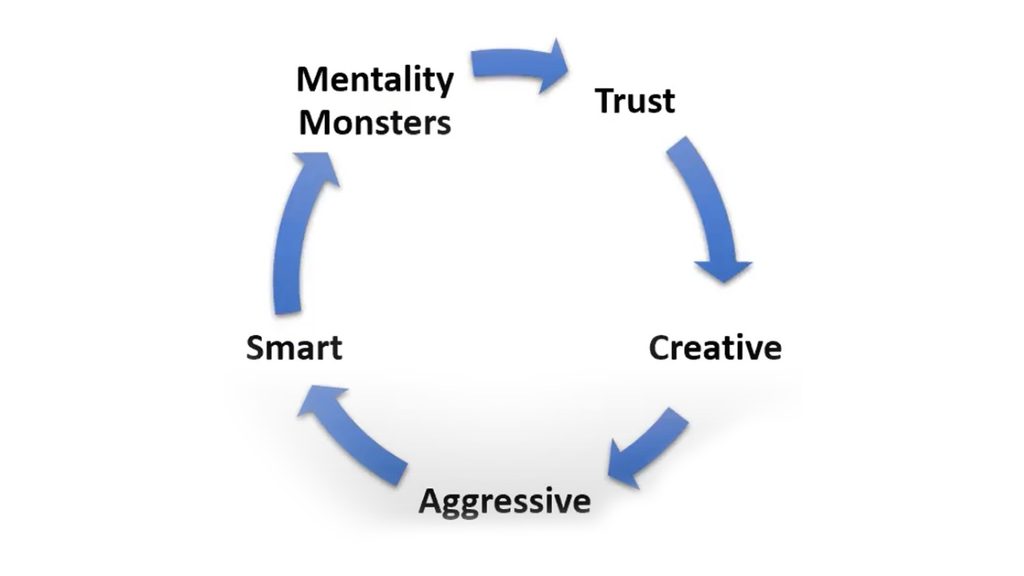
Player Profile
- The player profile identifies the characteristics that you want your players to have in order to execute your game model.
- Understanding the abilities of the players and building an environment to improve them are all part of the profile when working with a squad.
- Scouting assists the coach in determining the type of player that they want to sign up for their team.
Example:
- Goalkeeper: quick reflexes, distribution, strong communication
- Centre-Back:
Left centre-back: speed, agility, distribution, composure
Right centre-back: strong, positioning, leadership, fearlessness - Full-Back:
Right-Back: speed, endurance, crossing, spatial awareness
Left-Back: speed, endurance, dribbling, positioning
- Midfielders:
Defensive Midfielder: distribution, positioning, game intelligence
Centre Midfielder: endurance, passing, dribbling, positioning
- Wingers:
Right Wing: speed, endurance, dribbling, shooting
Left Wing: speed, endurance, 1v1 ability, creativity
- Striker: finishing, game intelligence, composure
Structural Organisation
- Train the players to understand and implement a primary and secondary formation.
- According to the opponent or game situation, switching the team from one formation to another.
Idea Through the Phases
- Involves the four moments of the game: attack, transition to defence, defence, and transition to attack.
- Defines how the team’s shape and individual player roles change when the team shifts from one moment of the game to another.
Dipankur summed up the session with some key points to consider when creating your game model. The following were the components that were discussed:
- Understand your own coaching philosophy.
- Identify the core values that guide your team’s style of play.
- Highlight the strengths and weaknesses.
- Generate the idea.
Coaching is 30% tactics and 70% competence. The session was concluded by Dipankur, by once again, emphasising the importance of the Game Model in football.
In case of queries or if you have any suggestions for webinar topics, please feel free to connect with us on Instagram/Facebook or email us at info@rfyouthsports.com

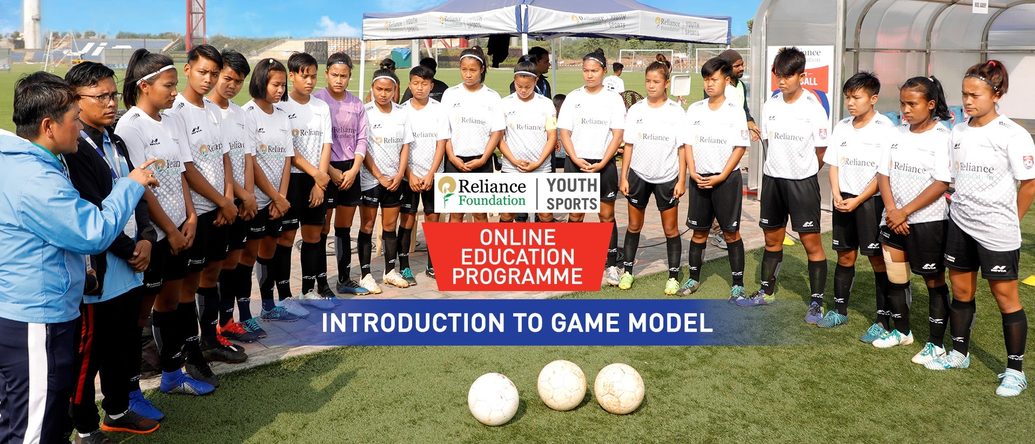

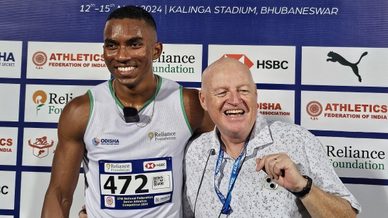




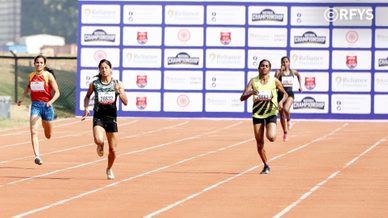


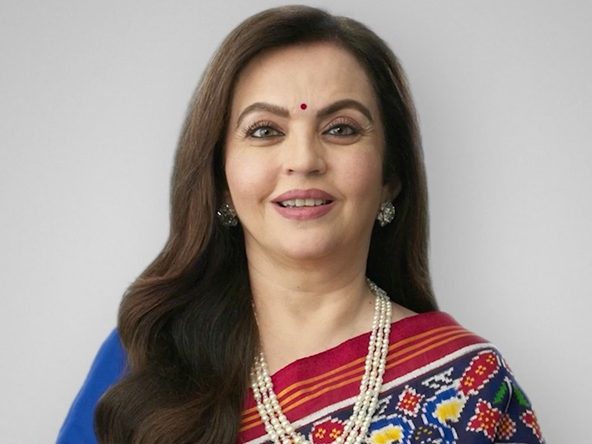
Your Comments